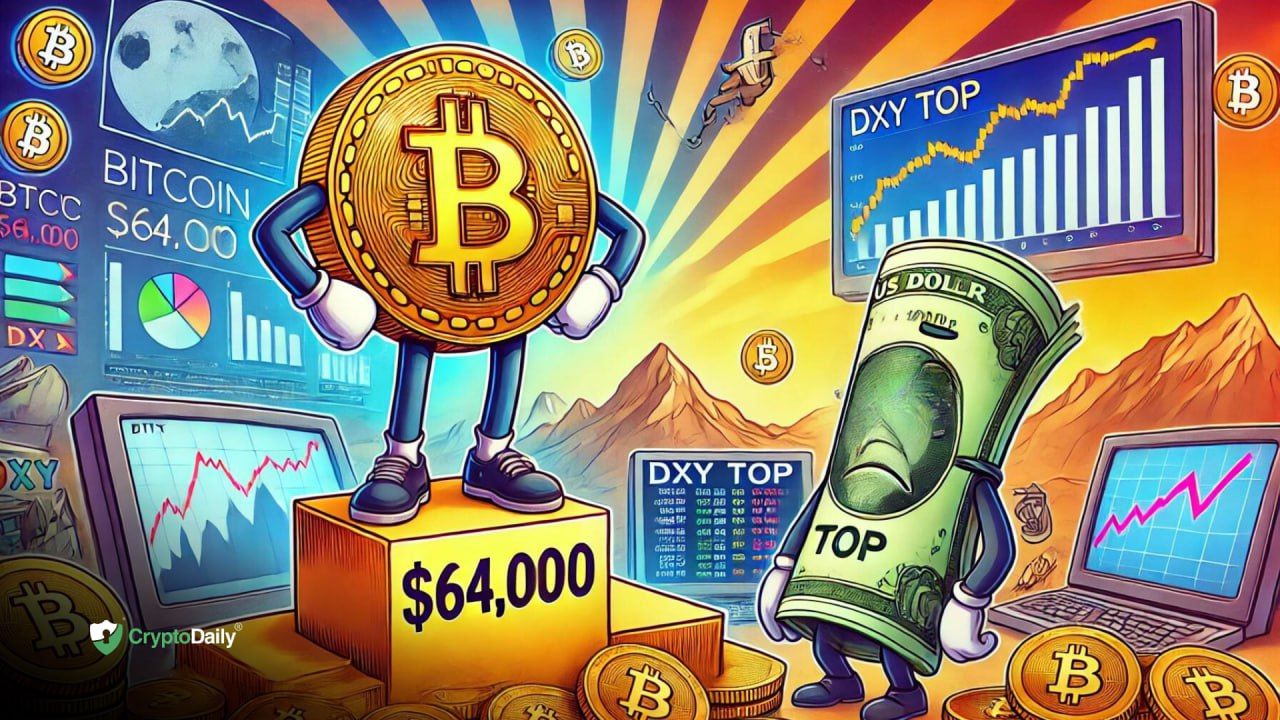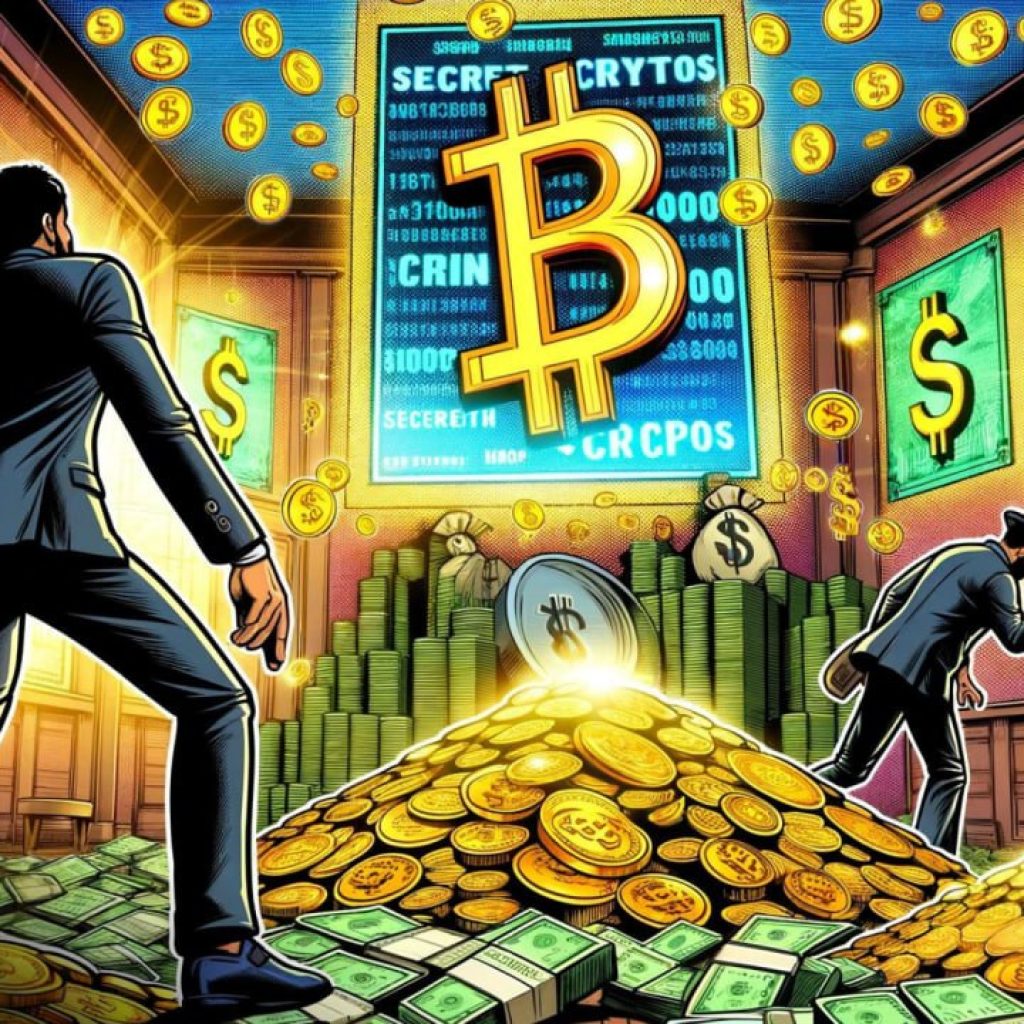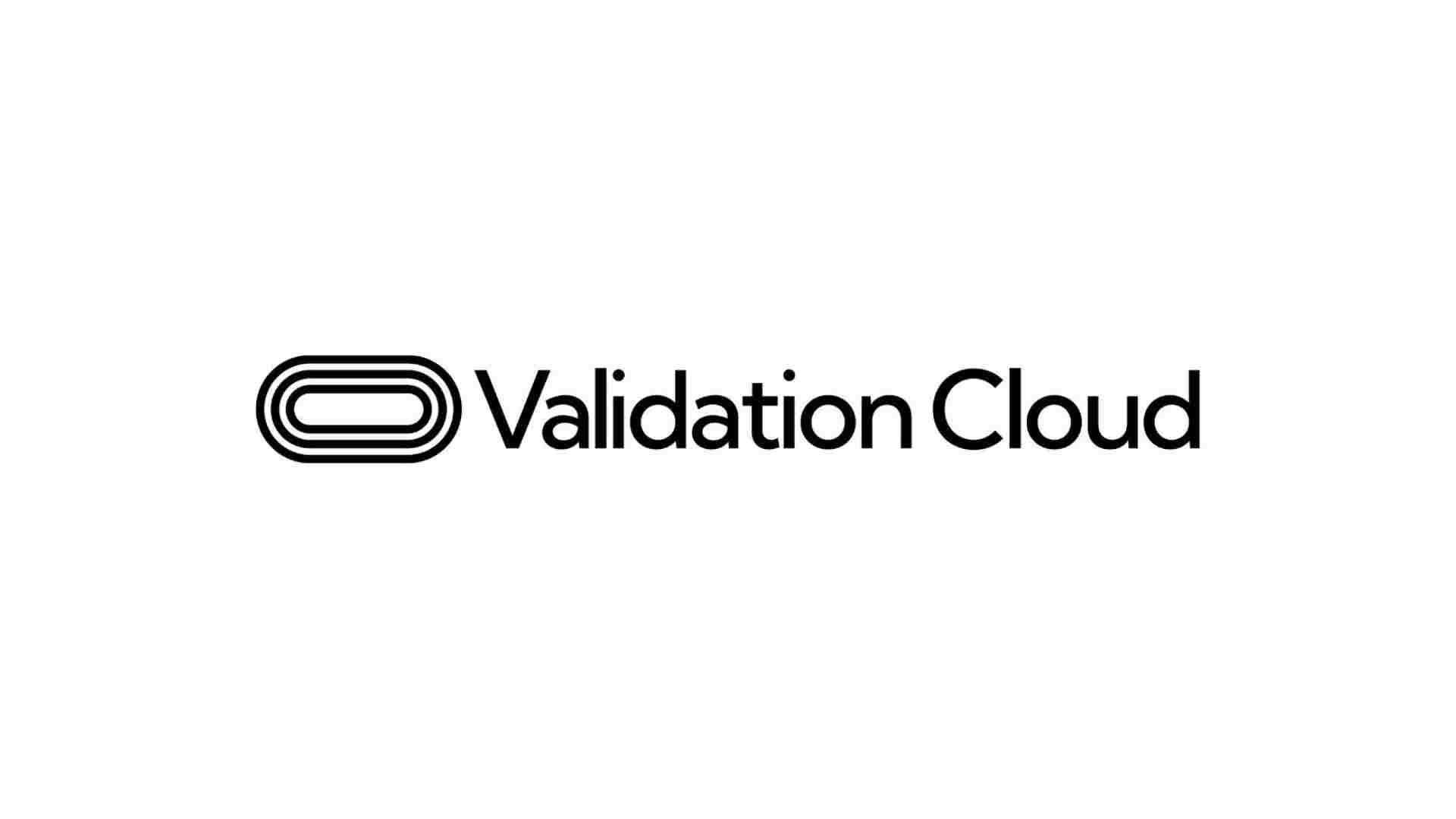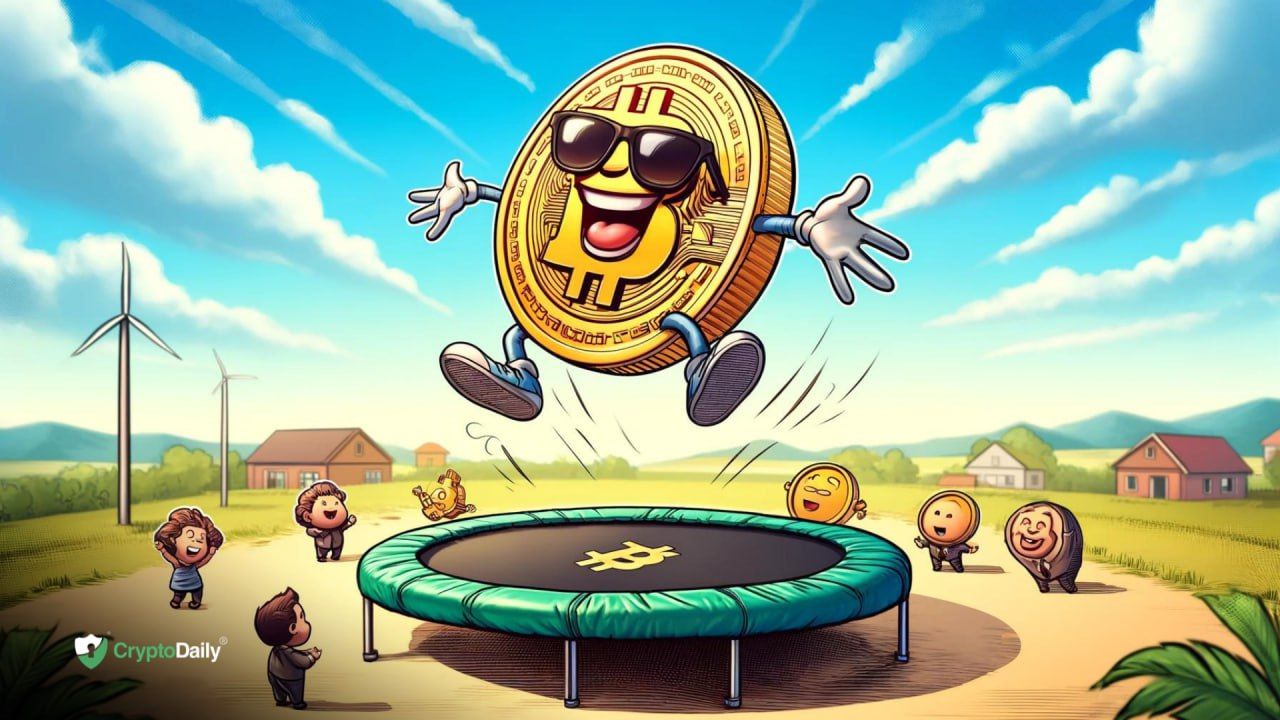Bitcoin languishes at the important $64,000 support. With the dollar still making hay as rates stay high, how will Bitcoin attract the liquidity to be able to break out of its current range bound prison?
US dollar trending higher
The US dollar has been trending higher since July 2023. A 5% interest rate, arrived at in the fastest amount of time in US economic history, has recently been putting the dampers on Bitcoin and the crypto market. Of course, there are other current headwinds that are perhaps contributing even more, but a strong dollar has its own particular drag on prices.
The Federal Reserve has signalled that it will maintain this high interest rate as long as it takes to get inflation under control, and in this sort of environment Bitcoin is not going to exactly fly.
Global liquidity cycle on the up
Source: Financial Times (CrossBorder Capital)
That said, it’s not all about the Federal Reserve, as shown by the global liquidity cycle (chart). Other central banks, worried about the state of their economies, are starting to reduce their rates, and whether it’s one or two rate cuts this year, the US probably doesn’t have much choice but to make a start.
Effect of a strong dollar on Bitcoin
The question should also be asked: “How much does a strong dollar affect Bitcoin? As discussed above, a higher dollar suggests asset prices should be weaker, but if one looks at the history of the DXY, it can be seen that it has been in an uptrend since 2008, which is just before the advent of Bitcoin; but where the DXY has increased only 48% in that time against a basket of other fiat currencies, $BTC has increased 100s of thousands of percent against the dollar.
Bitcoin Vs debasement and inflation
Bitcoin is just about the hardest monetary asset in the world, with a supply of only 21 million, while the US dollar is a paper currency with no backing, and is currently being printed to the tune of around $1 trillion every 100 days.
This debasement of the currency, together with inflation, are reducing the wealth of US citizens by around 12% per year. With banks offering just over 5% for savings accounts, there is literally zero chance of citizens keeping their heads above water, and millions of people will be added to the poverty heap over the next several years.
The only chance the poor and middle classes have is to do the same as the rich, and invest in hard assets like gold, silver, Bitcoin, and disruptive technology stocks. As more currency is printed in order to manage the debt, assets have to rise in value.
Disclaimer: This article is provided for informational purposes only. It is not offered or intended to be used as legal, tax, investment, financial, or other advice.








